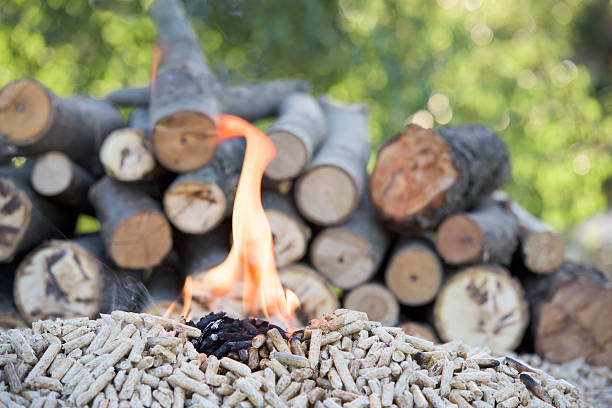Fatwood fire starter sticks are a natural, effective solution for starting fires, and they are best for campers, survivalists, and anyone with a reliable fireplace starter. Derived from the resin-saturated stumps of pine trees, fatwood burns warm, lengthy, and even in wet situations. It’s an eco-friendly, chemical-free option that guarantees you can quickly get a fire, whether outdoors or at home.
What Are Fatwood Fire Starter Sticks?
Fatwood is harvested from dead pine stumps rich in resin and incorporates terpene, an enormously flammable compound. This herbal resin allows fatwood to ignite effortlessly and burn steadily, even in damp or windy climates, making it perfect for outdoor enthusiasts. Unlike chemical fire starters, fatwood is completely natural, needing no additives to produce a dependable flame.
How to Find and Harvest Fatwood
While you could purchase fatwood online, accumulating it yourself can be worthwhile. Fatwood is found in old, decaying pine stumps, specifically across the taproot. The resin concentration is highest on this component, which makes it best for fire-starting. An accurate hatchet or large knife allows you to split the stump and collect the resin-rich wood, recognizable by its sturdy pine fragrance.
Why Use Fatwood Sticks for Fire Starting?
Fatwood sticks are famous for their effectiveness in various environments. They are:
- Easy to ignite: Fatwood shavings trap fireplace speedy, despite only a spark.
- Resistant to moisture: The natural resin acts as a waterproofing agent, permitting fatwood to burn even in damp situations.
- Windproof: Once ignited, fatwood’s flame resists being blown out, making it best for windy weather.
- Long-lasting: A little bit of fatwood goes on for a long time. A single stick can be used in multiple instances, making it a cost-effective solution for fire starting.
- Portable: You can keep fatwood sticks in your pack or emergency kit for years without worrying about them going bad.

How to Use Fatwood Sticks
Using fatwood to start a fire is incredibly simple. You can shave thin pieces of fatwood to create wood, or if you prefer, make a feather stick by leaving the shavings attached to the base. Either method works great for catching a flame, whether using a lighter or a spark from a fire steel.
Here’s a quick guide:
- Shave off small pieces of fatwood or create a feather stick.
- Light the shavings with a spark or a flame.
- Once the fatwood catches fire, add small kindling to build up the flame.
The resin ensures fire burns hot enough to ignite larger pieces of wood, making the process efficient even in tough weather conditions.
Additional Tips for Fatwood Storage and Use
One of the best things about fatwood is its indefinite shelf life. You don’t need to store it in unique conditions. Whether for camping, emergency preparedness, or just lighting a comfy fire at home, fatwood sticks are handy to keep around. Throw some sticks into your pack, toolbox, or car for peace of mind.
Conclusion
Fatwood fire starter sticks are a natural, reliable, and easy-to-use solution for all your fire-starting desires. Its resilience in moisture and wind and its green nature makeit one of the quality natural fire starters available. So, next time you head outdoors or want to be prepared for an emergency, ensure you have some fatwood fire starter sticks on hand. They might save the day.
FAQ
1. Can fatwood get wet and still work?
Yes, the resin in fatwood is water-resistant, allowing it to ignite even in wet conditions.
2. How long does fatwood burn?
A single fatwood stick can burn for several minutes, long enough to ignite kindling or larger logs.
3. Is fatwood eco-friendly?
Yes, fatwood is a natural fire starter that doesn’t require any chemicals or additives.
4. Where can I find fatwood?
Fatwood is found in the stumps of old pine trees, especially near the roots.
5. Can I store fatwood indefinitely?
Yes, fatwood has an extremely long shelf life and doesn’t degrade over time.

